e-residency celebrates the achievements of the digital nation hackathon
13-15 September 2019, Vormsi Island, Estonia
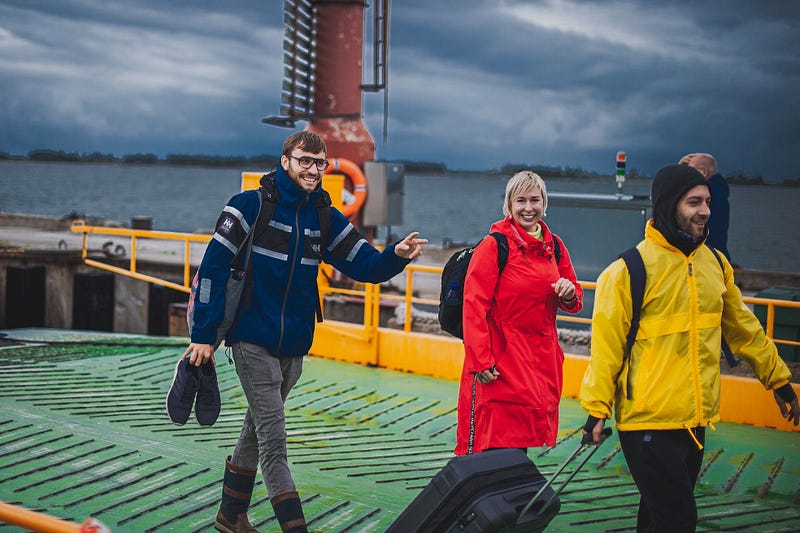
A month ago, around 100 enthusiastic and highly skilled people descended on Estonia’s 4th biggest island of Vormsi over a long weekend to participate in the Digital Nation Hackathon. It was hosted by e-Residency and Garage 48 as part of Estonia’s e-Residency 2.0 initiative. Estonia is the first country to offer e-Residency, a government-issued digital identity and status that provides access to Estonia’s transparent digital business environment. The programme provides e-residents with the freedom to run a global EU company entirely online.
Please to watch this video.
The objective of the hackathon was to find new and innovative ways to improve the e-Residency program and add new tools and services to the repertoire of our e-residents. Out-of-the-box solutions to common challenges faced by e-residents would be highly regarded, including those tackling business banking services and payment solutions, creating new value through e-commerce, insurance and healthcare packages, supporting company growth, e-resident community networking, and Estonian/e-resident cultural exchange. It was stressed from the very beginning that participating teams must pitch and demo real working prototypes of apps, websites or other technical outputs, not just ideas or slideshows of pretty designs.
Vormsi island was a conscious choice of location for two reasons. Firstly, it was the site of the first Digital Nation Hackathon four years ago when e-Residency was still in its infancy (which some participants remembered very fondly). Secondly, the island’s beautiful fresh air, intimate setting, and rejuvenating nature would create an enabling environment for focus, energy, and innovation among all participants (plus they couldn’t escape!).
As we stepped off the ferry at Vormsi on Friday 13 September, the morning rain cleared and the sun peeped through the clouds, harbinging positive signs for the long weekend to come. An early first sign that this was not your ordinary hackathon was seeing the bikes ready and waiting for us to ride to the location of the hackathon 20 minutes away in the town of Hullo: this was the start of a 48 hour ride of our lives!

The 100 hackathon participants were chosen from over 300 applicants. They represented 19 different countries, including Latvia, Switzerland, Georgia, Turkey, Germany, Russia, South Korea, the UK, Iran, and of course Estonia, and came from a variety of professional backgrounds — such as developers, designers, business and technical experts. Several e-residents were present and brought their usual infectious spirit and entrepreneurship to the group. A number of mentors (technical, business, and e-Residency experts) were also in attendance to advise and support the hacker teams on technical and business matters and to keep them on track.

The 17 initial concepts pitched at the Vormsi Cultural Centre on Friday afternoon were eventually transformed into 11 teams, each made up of diverse members. Initial concepts covered banking, legal, and tax solutions, platforms for cultural exchange between e-residents and Estonians, crowdsourced fundraising/financing for e-residents, business support services, and integrated solutions for e-residents in coliving and coworking spaces. Once the teams were negotiated and formed, the stopwatch started and the race was on for each team to brainstorm about their concept, agree on their end-product and set out the pathway to get there. Teams bunked in classrooms at the local school — they literally lived, breathed, and worked in the same space for 48 hours. Some even managed a few hours of sleep! While ultimately the teams were competing for cash and other prizes, the event was collaborative. Throughout the weekend, teams supported one another and graciously lent out their expertise when other teams were stuck or needed a helping hand.
Kirill Soloviev, e-resident“People are very focused here because of the island environment. They realise, they have nowhere else to go. Our working atmosphere has been super productive but at the same time we have the possibility to collaborate. It’s very easy to reach out to people and everyone is very open to join forces.”
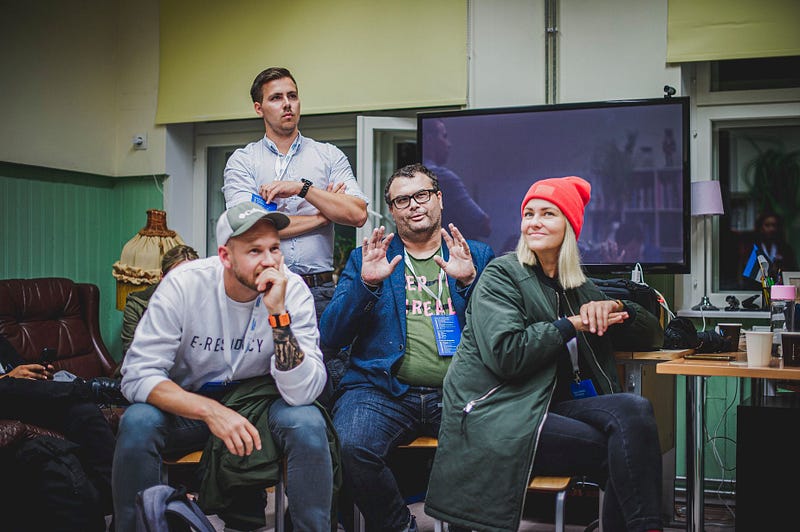
Mentors also went above and beyond to support the teams at a series of checkpoints and via personal sessions. Time and time again, mentors were there to remind teams of their milestones, help them stay focused, impart invaluable knowledge and expertise, and emphasise: VALIDATE VALIDATE VALIDATE!
11 final pitches and prototypes were demo’d on Sunday afternoon covering business banking, legal and tax solutions, networking and cultural exchange tools. The judges were so impressed with the pitches and products that they took nearly an hour to deliberate and choose winners.

THE WINNERS: Tangufy allows e-residents to use their ID-card as a physical and digital loyalty card for both private and business expenses. Tangufy connects e-residents with businesses in nomad locations so that they can obtain discounts on useful products and services such as hotels, shops, and fitness clubs.
FIRST RUNNER UP: Ask Kratt, a chatbot that acts like a support representative for e-residents and helps them to identify the best banking/payment option for their business.
SECOND RUNNER UP: GetPaid enables online businesses to open a business account and payment gateway for e-commerce sites at once. GetPaid even had a ready customer in Moscow before the end of the weekend.
PEOPLE’S CHOICE: eCorp, serving large corporations with paperless and secure signatures and identification for employees.
SPECIAL AWARD FOR COMMUNITY IMPACT: SuccessHub, an automated system to provide business support for 90 days to help e-residents reach their business and personal goals and to avoid obstacles impeding their companies from growing on EU market.
Ott Vatter, the Managing Director of the e-Residency program, stated that the hackathon was a great success:
Ott Vatter, Managing Director of e-residency“Not only did this event bring together specialists and entrepreneurs from all over the world, but it also supported the goals and directions of the new e-Residency 2.0 program.”
The weekend flew by and even the heavy Sunday rain didn’t dampen the spirits of those involved. E-Residency thanks everyone involved in making the hackathon such a success, especially its partner Garage 48. Huge kudos also
to the teams and their outstanding ideas, relentless energy, hard work, and incredible outcomes. We are following with interest the teams in developing their products further post-hackathon and are thrilled to see some of the products demo’d on Sunday are now live.
Everyone attending the hackathon left Vormsi enriched by the experience, whether it be new partners, businesses, and skills. But most of all, the weekend allowed all involved to feel part of and closer to the amazing, global e-Residency community that is growing ever-stronger every day.
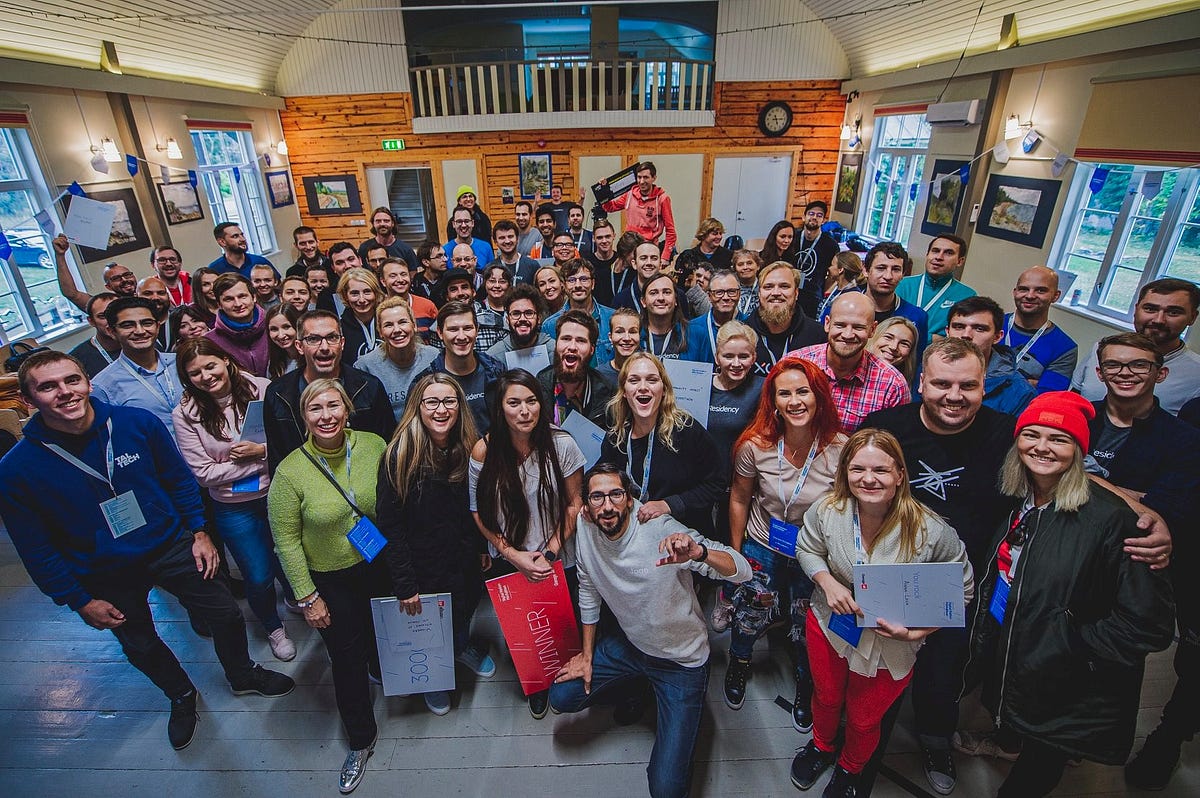
Where in the world is Vormsi Island?
Located in the Baltic Sea, Vormsi is Estonia’s 4th biggest island and the stunning setting for beautiful beaches, peaceful forests, and about 400 friendly inhabitants. It’s size and flat landscape means it is perfect for gentle cycling tours, long walks, and picnics. The island also provides the opportunity to see some of Estonia’s famous glacial erratic boulders — most of which are memorials to past inhabitants -like the Baron stone, dedicated to Otto Friedrick Fromhold von Stackelberg, the last baron of Vormsi.
Vormsi has rich Estonian Swedish history: it was inhabited by Estonian Swedes from the 13th century up until World War II (when almost all of the island’s residents were either evacuated or fled to Sweden during the war). Many of the island’s cultural sights reveal its Swedish heritage — including the 14th century St Olav’s Church, Estonia’s largest suncross cemetery, the Saxby lighthouse and neighbouring sea fort fortifications of Peter the Great from the early twentieth century.
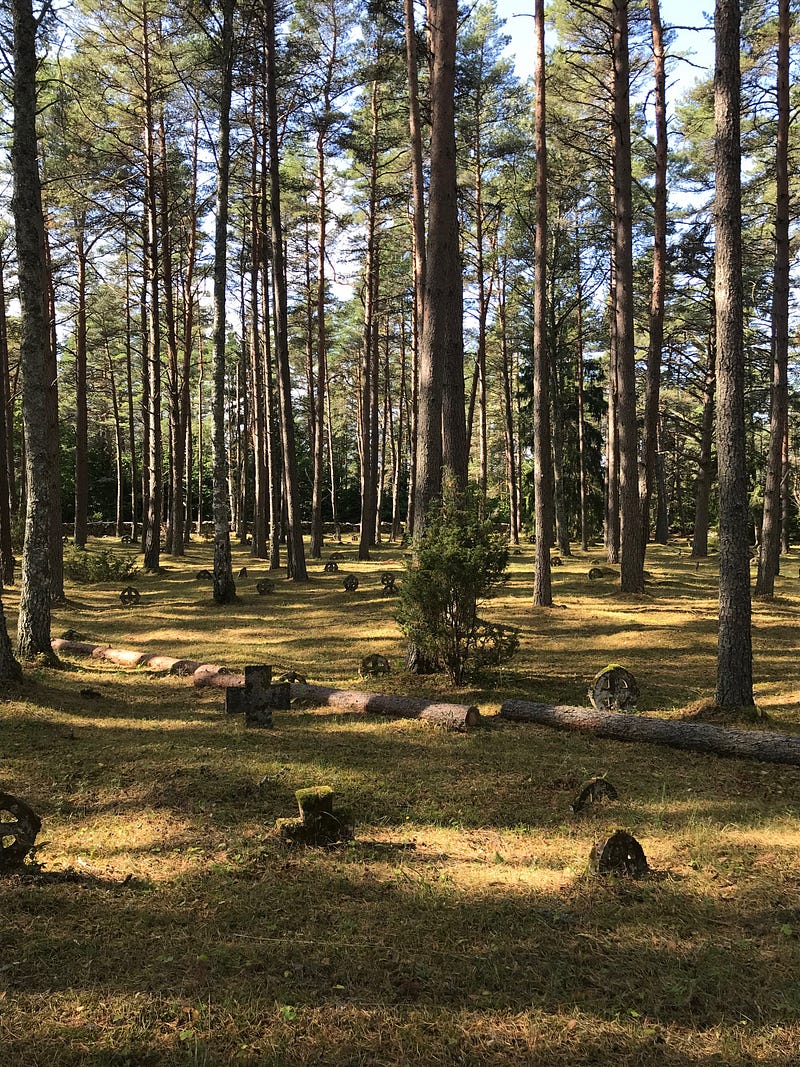
The island is open all year round although some businesses close over the winter. The hackathon took place in mid-September towards the end of the summer season, and we experienced all seasons: from warm and bright sunshine to heavy rain and gale force winds.
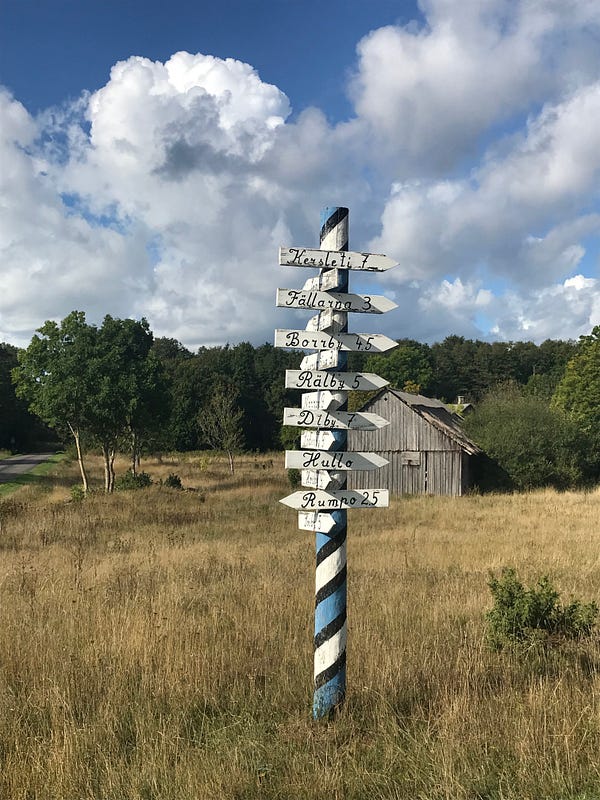
We stayed in the small town of Hullo and were welcomed by local residents with big smiles and welcoming hospitality. Mentors and organisers stayed at the Hullo hostel, where all participants also took their meals. The delicious food served was typical of Estonia, including smoked fish, black bread, garlic butter, dill dip, and beetroot fritters. The Hullo local shop (the only shop on the island) was a oft-visited source of snacks, caffeine, and sundowner drinks for hackers and mentors alike.
More from e-Residency
- Sign up for our newsletter
- Watch fresh video content - subscribe to our Youtube channel
- Meet our team and e-residents - register for our next Live Q&A